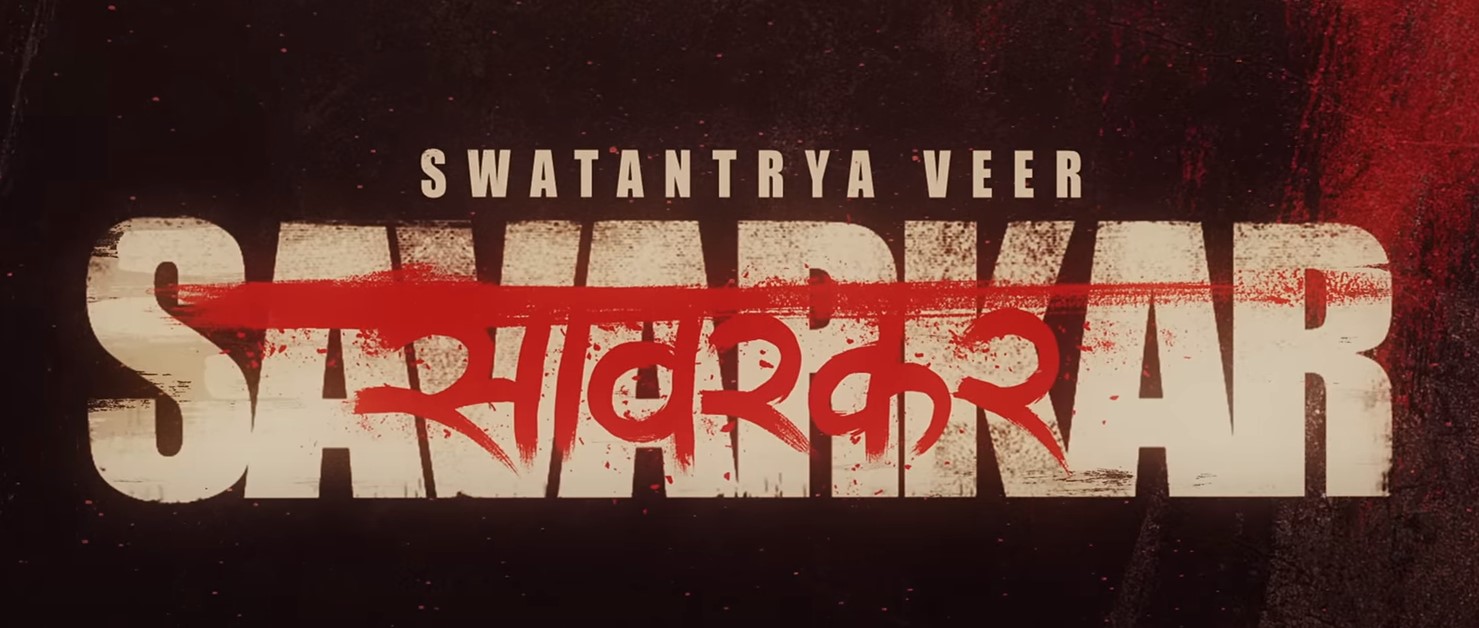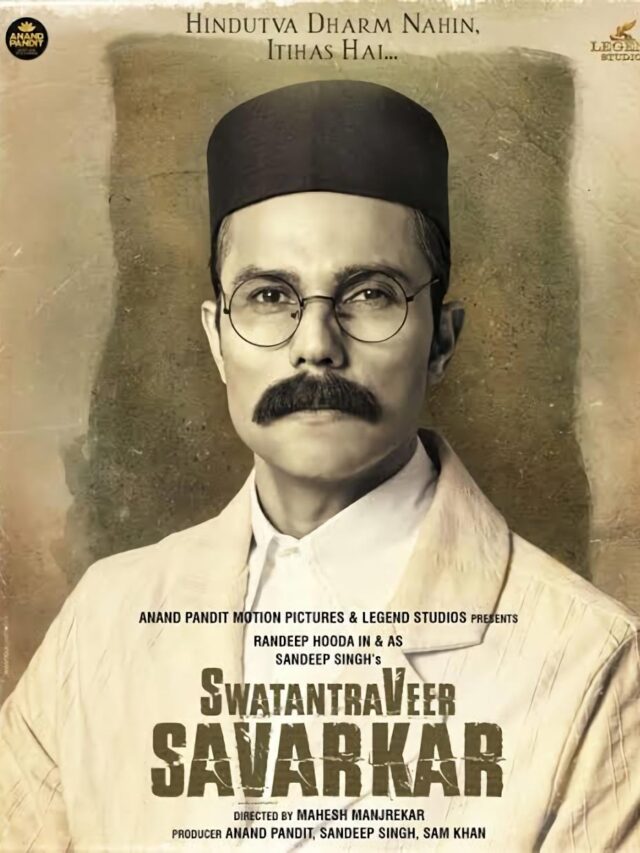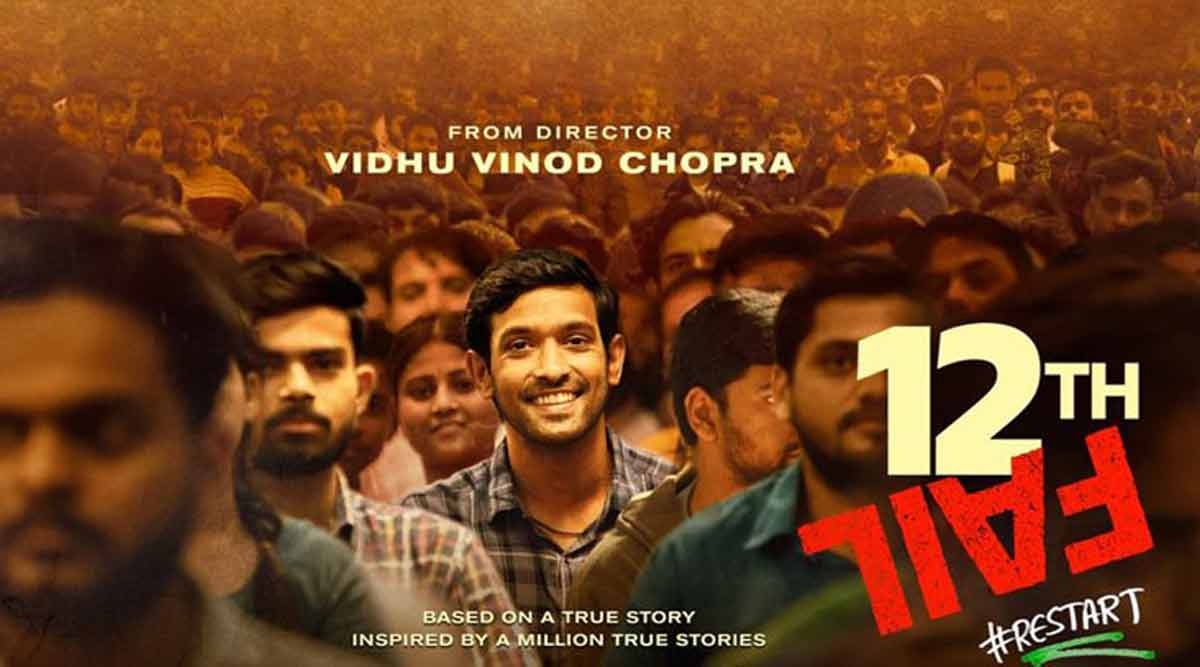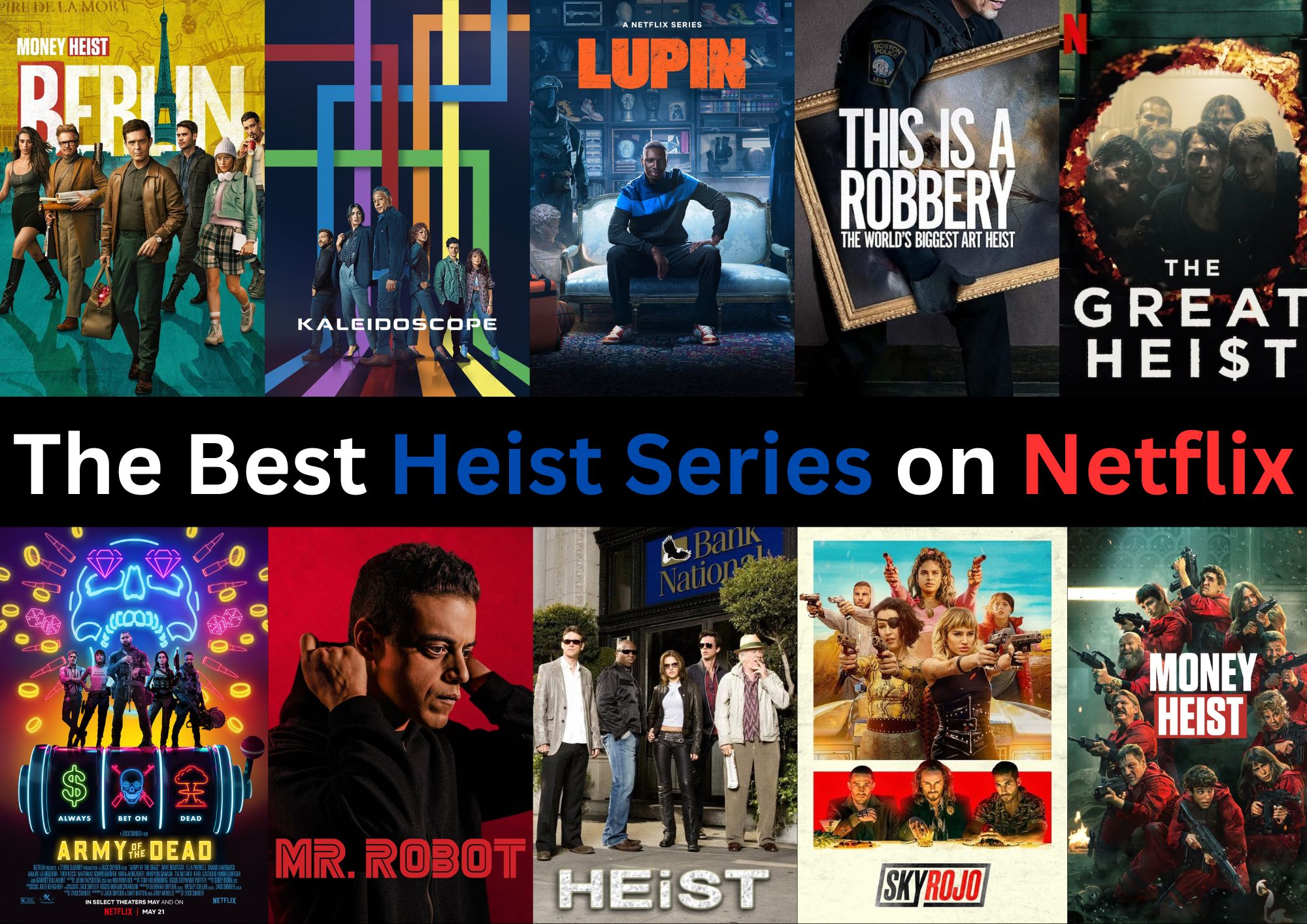Review of the film Swatantra Veer Savarkar: I learned about Vinayak Damodar Savarkar, the independence warrior and reformer, for the first time in ninth grade. I spent the most of my childhood learning about South Asian revolutionaries and liberation warriors while I was growing up in Chennai. When VD Savarkar was first featured in my history book, it made for an interesting classroom discussion because his ideas were different from those of most of the liberation warriors I had previously read about, most notably Mahatma Gandhi. I was therefore drawn to the Swatantra Veer Savarkar clip as soon as Randeep Hooda released it. But I also had mixed feelings about the movie’s historical accuracy.
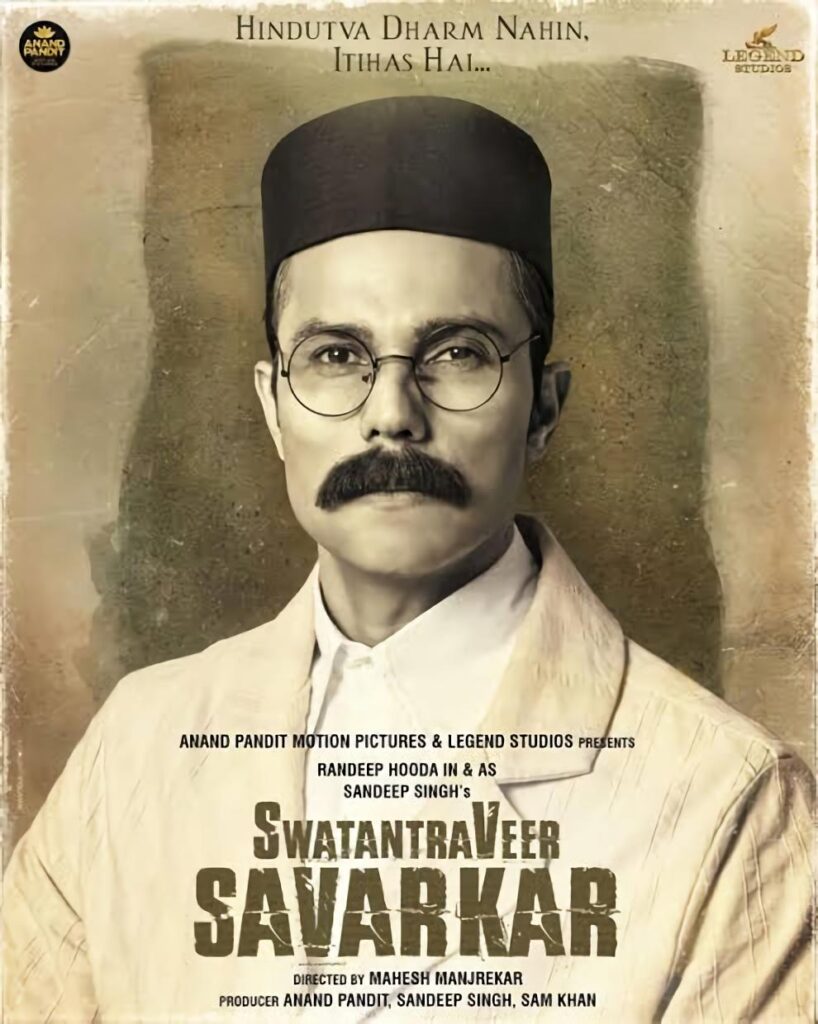
An analysis of the movie Swatantra Veer Savarkar In ninth grade, I became acquainted with Vinayak Damodar Savarkar, the warrior and reformer for independence. Growing up in Chennai, I spent much of my childhood learning about the South Asian revolutionaries and freedom warriors. Since VD Savarkar’s beliefs differed from those of most of the liberation fighters I had previously read about, most notably Mahatma Gandhi, it provided for an interesting classroom debate when he was first mentioned in my history book. That’s why as soon as Randeep Hooda released the Swatantra Veer Savarkar clip, I was pulled to it. But my thoughts on the historical authenticity of the film were equally conflicted.
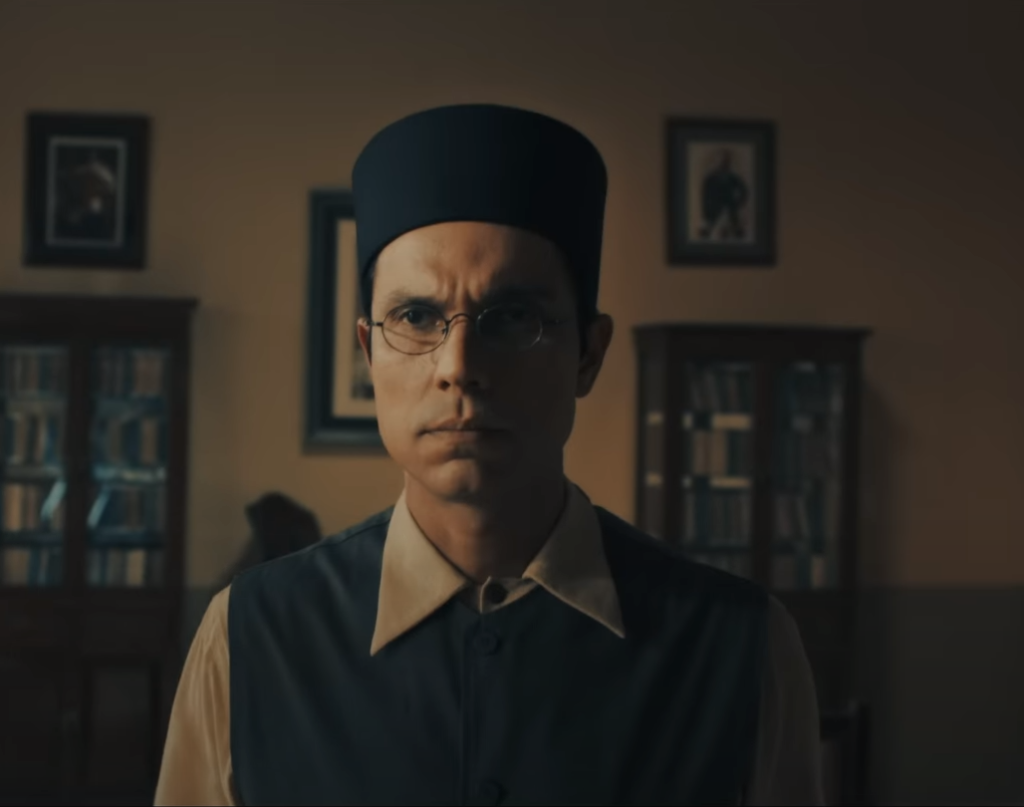
While Savarkar’s friends and fellow freedom fighters propagate the word about the Abhinav Bharat Society and its goals across the nation, he is concentrating on inspiring his college peers to join him in his freedom cause. He meets extreme Nationalist leader Lokmanya Tilak in Pune, where he is taken under his wing and even given the opportunity to pursue his goal of studying in London. The movie then shows how his campaign for India’s independence takes unexpected twists after he lands on British soil, including an arrest.
The crucial events in Savarkar’s life are emphasized in the movie. His encounters with Mahatma Gandhi, his abortive attempt to arrange an escape to seek safety in France, his life sentence in the Andaman Islands, also known as Kaala Paani, his conversion while incarcerated, his transfer from the Andaman Prison to Ratnagiri jail, and his eventual release are among them. The movie also provides insight into his life following his release from prison and his political career.
Too much to cover, no? By the time the three-hour movie ended, I had just that feeling. On a dull summer school day, Swatantra Veer Savarkar seems like an intricate history lesson. The video follows a clear chronology to uncover the moments that molded his life and aids in the viewers’ comprehension of the events. Keeping track of historical events is helpful, but it becomes tedious eventually. When the movie shifted from focusing on his release from Ratnagiri jail to examining his political career, I started to feel overwhelmed with information. The movie is so much to take in all at once that I think it should have been split into two parts and published on OTT. The impact of the film varies with its length.

Savarkar’s Swatantra Veer has its peaks and valleys. Let’s start with its pinnacles. For the most part, I found the movie to be entertaining to watch. Up to and including the Kaala Paani sentence, the movie largely adheres to his account. Randeep Hooda, however, exercises artistic license and presents sequences that may not have worked out in real life as the political career bit begins to take shape. There is a scene in the movie where Bhagat Singh meets Savarkar, although there is no historical evidence to support this account. It also raises the possibility that Netaji Subhas Chandra Bose asked Savarkar for advice before making a significant political decision after being inspired by him.
Giving credit where credit is due, Randeep Hooda handled the movie quite well. He demonstrates that his roles in movies like as Highway and Sarabjit were not coincidental. Randeep penetrates the freedom fighter’s flesh and bones. His performance has such sincerity that it has you in awe.
Although Randeep’s performance was visually stunning, he still has to work on his directing abilities. In the second part of the movie, Randeep becomes disoriented in his attempt to include every detail of the freedom fighter’s life. Consequently, a number of moments lacked depth despite being heavy on acting and words.
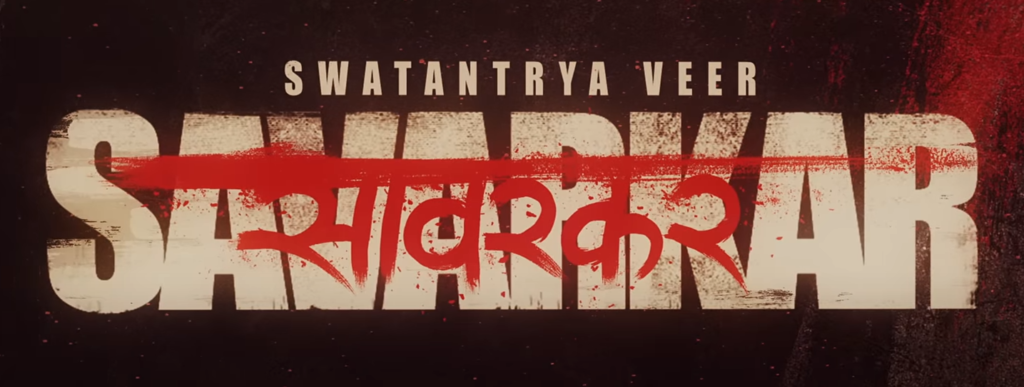
The way Mahatma Gandhi was portrayed in the movie really caught me off guard. It was believed that we would witness a different side of Gandhi given the political differences between Sarvarkar and Gandhi. But to my utter dismay, Swatantra Veer Savarkar presents Gandhi in a negative light. In the movie, Gandhi has a strong negative undertone because you are seeing him through Sarvarkar’s perspective. I think this is the first time I have ever seen Gandhi portrayed in this manner. What a daring step.
Regarding the performances, the supporting actors gave excellent performances as well, but we have already talked about Randeep’s. Every time Ganesh Damodar Savarkar entered the picture, Amit Sial held the screen. Russell Geoffrey Banks, a British actor, likewise makes you shift in your seat with his portrayal of the awful David Barry. That Ankita Lokhande was squandered in the movie, meanwhile, was disappointing. Ankita had few sentences in her part as VD Savarkar’s wife Yamunabai Savarkar. She also didn’t have many opportunities to fully establish her presence.
Swatantra Veer Savarkar is one of the great patriotic movies Bollywood has been releasing in recent years. You stay sat the entire three hours of the film because of its high production value and the performances. There were a couple sequences that may have been cut, so I hope the editing was done nicely. This would have made the movie more memorable.

